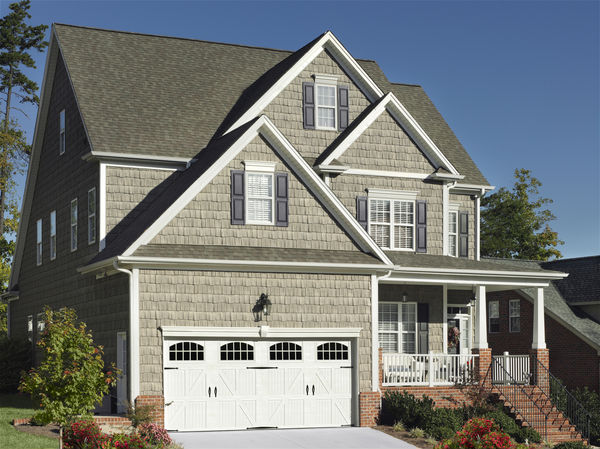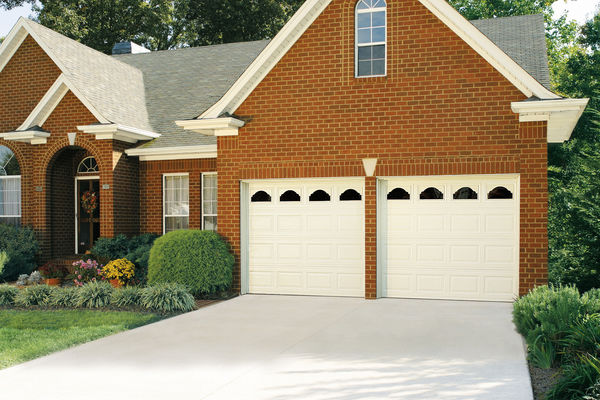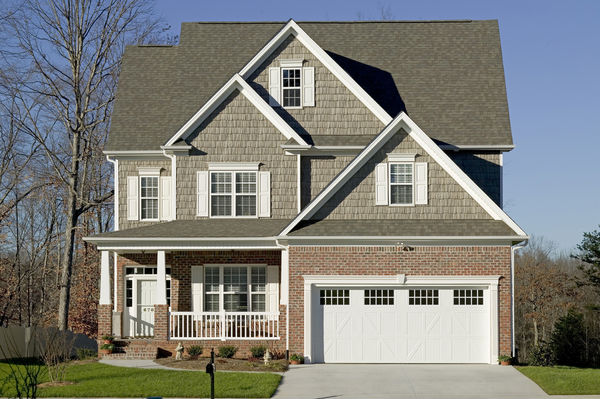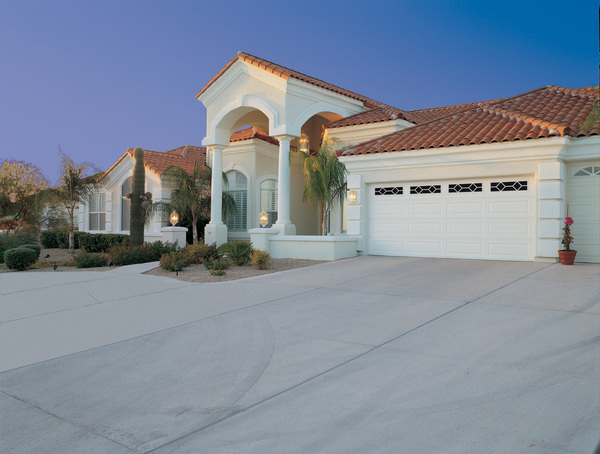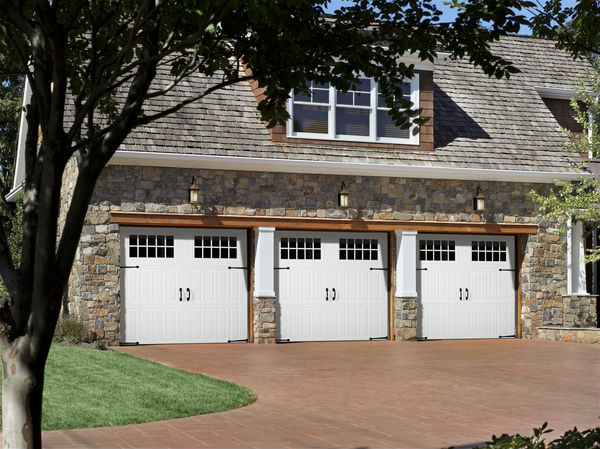
Spring is the ideal time to inspect and maintain your garage door, as seasonal changes often highlight wear and tear accumulated over time. From broken springs to damaged weatherstripping, addressing common issues early can prevent costly repairs and ensure smooth operation. This guide covers the most frequent springtime garage door repairs you might encounter and how to tackle them effectively.
Broken Springs
As temperatures fluctuate in spring, garage door springs can wear out or break due to metal fatigue. These critical components bear the door’s weight and endure daily use, so if they snap, your door may become inoperable. Replacing broken springs promptly is essential for safety and functionality.
Worn or Misaligned Tracks
Garage door tracks can shift or accumulate debris over time, leading to noisy operation or difficulty in movement. Spring is a great time to inspect tracks for damage, bends, or obstructions. Addressing alignment issues early can prevent further wear on other door components.
Malfunctioning Sensors
With the return of sunny weather, your garage door’s safety sensors might face issues like dirt buildup or misalignment. These sensors ensure the door doesn’t close on objects or people. Clean the sensor lenses and verify they are properly aligned for smooth operation.
Damaged Weatherstripping
Winter can take a toll on your garage door’s weatherstripping, leaving it cracked or loose. This essential barrier keeps moisture, debris, and pests out of your garage. Replacing damaged weatherstripping in spring helps maintain insulation and protects your belongings.
Noisy Hinges or Rollers
As seasons change, lubrication can dry out, leading to noisy or stiff hinges and rollers. Regular lubrication and inspections can extend the life of these parts and ensure quieter, smoother operation.
By addressing common springtime garage door repairs—such as replacing broken springs, aligning tracks, cleaning sensors, and lubricating hinges—you can extend the lifespan of your garage door and maintain its safety and efficiency. Regular maintenance during this season not only prevents bigger issues down the road but also ensures your garage door is ready to handle the demands of the year ahead.

